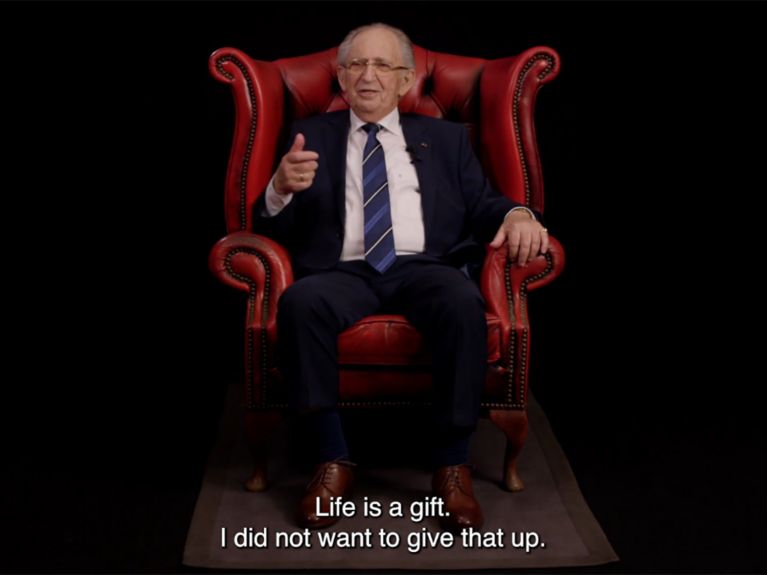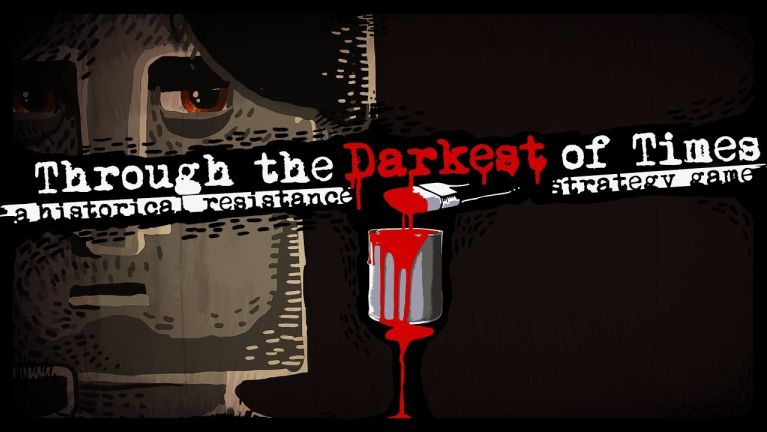Digital insight into the past
Online documents, chatbot conversations and computer games: very different forms of digital remembrance have recently emerged in Germany.

Data and digitalisation
How do you make remembrance engaging? You keep on setting yourself new objectives. That’s how it’s done by the project #everynamecounts from Arolsen Archives, the world’s largest archive on the victims and survivors of the Nazi regime. It was just on the 80th anniversary of the liberation of Auschwitz concentration and extermination camp on 27 January 2025 that the initiative was set a new objective – and counting: the original aim was to use volunteers to digitise 27,000 personal data cards relating to prisoners under the Nazi regime and make them accessible to the public. This was significantly exceeded in a few days: around 60,000 volunteers digitised over 80,000 documents; the campaign reached 1.3 million interested parties in the spring. An important milestone in work that is far from complete.

Contemporary witness and chatbot
Abba Naor has decided: he also wants to use digital formats to remind people of what he experienced. The now 97-year-old, who lost his mother and brother in the Holocaust, has agreed to take part in the “Lernen mit digitalen Zeugnissen” (LediZ, Learning from digital witnesses) project, which was launched as early as 2018 at the Ludwig-Maximilians University (LMU) Munich. This involves him bearing witness in a video – and there’s even use of speech processing to enable him to give digital answers to questions potentially posed by pupils. This was initially only possible in German, but in 2024 the developers added interactive video subtitles for English-speaking users and provided a separate chatbot access structure. “We find Abba Naor’s reminiscences so pertinent that we’d like to share them with the entire world”, emphasises Professor Christina Sanchez-Stockhammer from Chemnitz University of Technology. “At the same time, Abba Naor’s voice directly conveys his emotions.” She says the aim was to reproduce his answers in a manner as true to the original as possible.
Dieses YouTube-Video kann in einem neuen Tab abgespielt werden
YouTube öffnenThird party content
We use YouTube to embed content that may collect data about your activity. Please review the details and accept the service to see this content.
Open consent formWartime and postwar period in a computer game
The Second World War has long been a topic for computer games. The Berlin studio Paintbucket Games has come up with a comparatively unusual method: in 2020, it released its strategy game “Through the Darkest of Times”. This involves a resistance group not merely relying on armed force against the Nazi regime. The game objectives include educating the population regarding the evils of the Nazi regime and protecting persecuted sections of the population. The sequel game “The Darkest Files” was released in 2025. Based on actual cases, it allows you to act as a prosecutor in the postwar years in Germany to investigate fugitive Nazi criminals.



